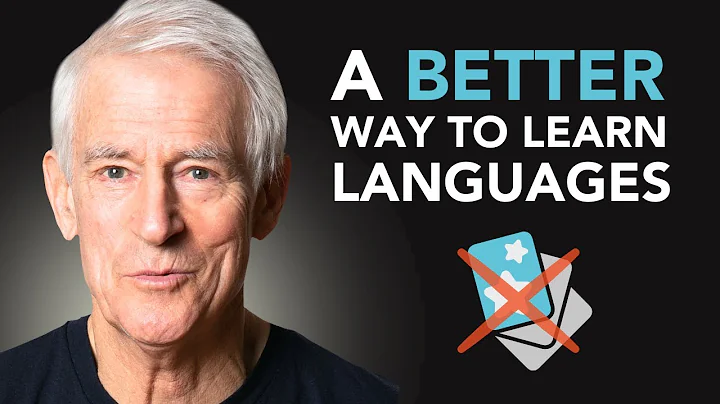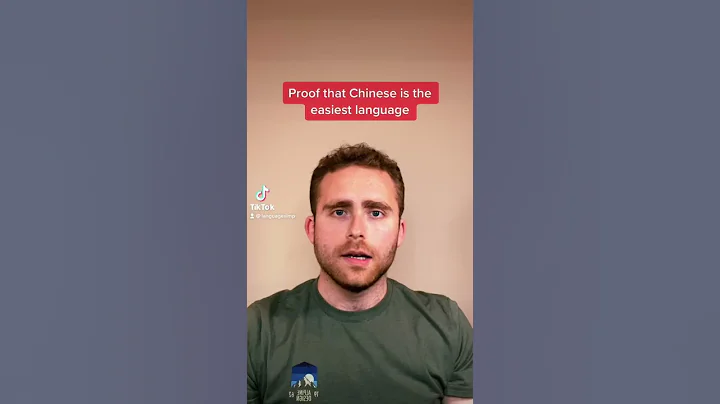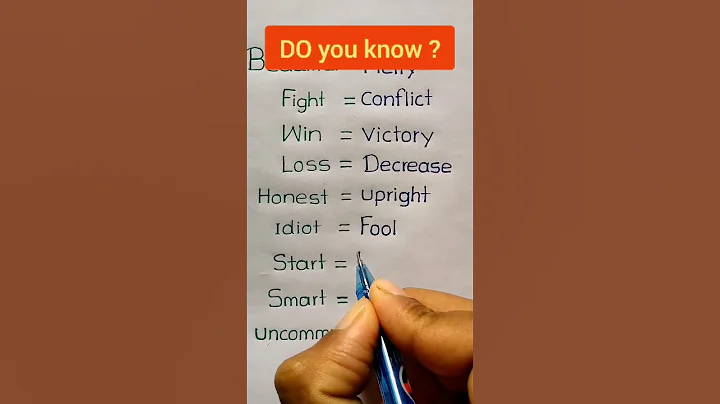
1. Test questions and their evaluation data
The following question is the first joint examination in the first round of review of senior high school. This joint examination was referenced by more than ten schools in total, and the scope of the examination was the part of the knowledge of the required first and second curve movements.

If you are a physics teacher, then you will definitely say, will such a question be a "super" problem? Yes, the account owner didn't believe it, but the evaluation data showed that this is really a "super difficult problem", with a difficulty coefficient close to 0.10.



2. Students' problem-solving example analysis
Examples of students' problem solving ①

From this answer, the student has done a conical pendulum uniform circular motion question, but he did not really understand it. The fundamental reason is that his ability to analyze the force is insufficient, and his understanding and application of Newton's second law is still quite superficial. In addition, the math ability is insufficient and the test-taking level is very lacking.
Examples of students' problem solving ②

The student also lacks the ability to bear stress analysis, and his understanding and application of Newton's second law is very poor. He cannot escape the interference of "taken for granted" thinking. Unfortunately, in terms of exam-taking skills, the class was absent, such as easily crossing out physical equations and appearing in combinations, resulting in the regret of being able to score but not being scored!
Examples of students' problem solving ③

There is no concept in this life in terms of the test-taking format, which ultimately leads to the huge regret of being able to score but not being able to get it.
Examples of students' problem solving ④

This biological equation column is still lacking, and there are also joint equations, resulting in the regret of getting full marks but not getting them.
Examples of students' problem solving ⑤

Comparing with the previous students' papers can highlight the student's excellent performance in physics learning, especially writing format. The necessary language is very concise, and the physical equations are written very standardized. There are almost no unnecessary waste words, waste, or "abused" on the paper (the formula that should have been written on the draft paper is written on the test paper).
3. Teaching reflection and learning suggestions
The owner of the number learned from a very small range that many students took too much time to do multiple-choice questions, some of which lasted for more than an hour, which ultimately resulted in no time to do non-multiple-choice questions. This is one of the important reasons why many students scored 0 points in the later calculation questions.
In fact, it is very important to control the time in the exam room and have a sense of rhythm. It is recommended that each physics multiple-choice question should not take more than three minutes. Generally speaking, if you spend more than three minutes, even if you spend twice as much time on the multiple-choice question, the probability of answering it correctly is not high, even if you think you can do this question, it is a bit difficult to calculate.
Pan Aiguo mentioned physical calculation questions (including calculation multiple-choice questions) in his lecture. The question review is nothing more than four elements: the research object, objective conditions (in fact, corresponding to "force analysis", but you still need to think quickly, the effect of these forces - acceleration conditions, impulse conditions and work-acting conditions), physical processes (corresponding to "motion analysis", which typical motion processes can be experienced successively - uniform speed linear motion or general linear motion, uniform speed curve motion or general curve motion, uniform speed circular motion or general circular motion) and physical laws.
The problem-solving process after reviewing the question is only four action links, determining the research object, analyzing objective conditions, clarifying the physical process, and applying physical laws.

According to the four elements and four-link problem-solving mode of Teacher Pan, the writing problem-solving process basically follows the following routine:
For whom, it is a certain process: physical law formula
If you use Newton's second law, orthogonal decomposition is generally used, so the problem-solving routine is:
For whom, it is a certain process (a moment or a certain position),
x direction: Newton Second Law x-axis decomposition
y direction: Newton's second law y-axis decomposition
In the view of the number owner, high school physics is not difficult, and there are not many physical laws. The core physical laws are only Newton's second law, kinetic energy theorem , momentum theorem , momentum conservation law and energy conservation law ( mechanical energy conservation law ), etc., repeatedly do calculation questions as above, and you will have some understanding of these physical laws. If you can still read the textbook repeatedly and share your learning experience with classmates and teachers when necessary, you will have a deeper understanding of high school physics knowledge and its system.
However, our students are unwilling to read textbooks or rarely, and their physics learning is stuck in invalid or false learning that listens passively without taking the initiative to think, and repeats the questions without mistaken reflection.
Communicating with colleagues, we almost reached a consensus: the necessary questions are effective, but blindly practicing questions is ineffective, at least for physics studies. We found that students today do not learn independently, review independently, and think independently. Before the big exam, a lot of students attempted to collide with the next day's test questions by refreshing the questions. What a sad way to learn! At least it is sad for physics learning!
Huhu! Crazy question-based teaching is definitely a disaster for studying physics, isn’t it? Otherwise, why would physics become the most difficult subject to study? Why are there so many "super physics puzzles"?












